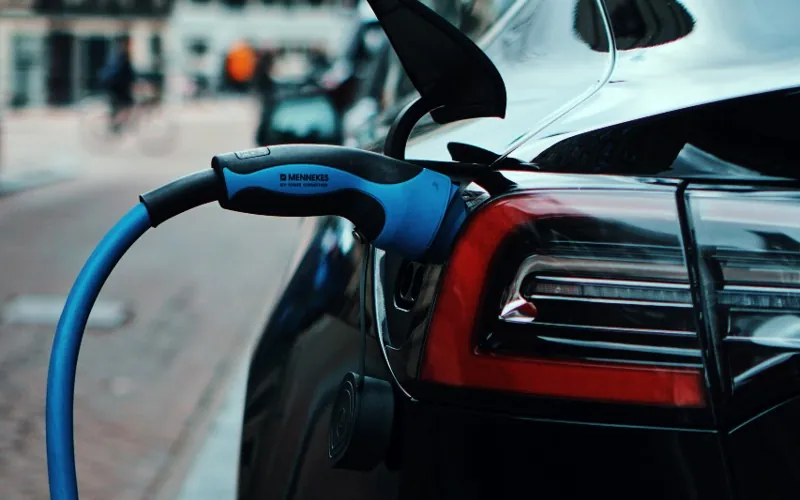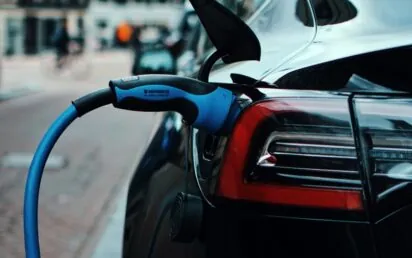It’s no secret that modern technology has altered the transportation industry and how people get about in society. Whether you consider public transport or global logistics, technological advancements in the transportation sector have been widely welcomed with an ever-increasing population and a corresponding rise in travel demand.
New technology has the potential to improve passenger experiences while also increasing safety and security. This article will tell you about recent technological advancements and how it is transforming our lives for the better!
Here are the latest technological advancements that are transforming how we travel:
Maglev
Many nations are exploring a new technology classified as Maglev to achieve even faster speeds for public trains. Rather than using an engine and conventional tracks, Maglev trains employ a network of strong magnetic fields to levitate and propel the car along the path. Maglev trains are more efficient because they have no moving components and can travel at higher speeds.
Currently, the fastest Japanese bullet train travels at 224 mph, while the Shanghai Maglev train travels at 266 mph.
The Maglev is commonly regarded as the future of rail services, given that the Chuo Shinkansen Maglev railway system is currently being developed and boasts the world’s fastest train speed of 374 mph. This tremendous speed will make traveling around the nation faster and easier.
Hyperloop
The Hyperloop is a revolutionary form of ground transportation currently being developed by many companies. It could involve passengers going nearly 700 miles per hour in a floating pod that rushes inside massive low-pressure tunnels either below or above ground.
There are two significant distinctions between Hyperloop and conventional trains. To begin with, passenger pods travel via tubes or tunnels in which most of the air has been evacuated to reduce friction. Consequently, the pods are expected to travel up to 750 miles per hour.
Second, instead of wheels like a train or automobile, the pods are meant to hover on air skis, similar to how an air hockey table works, or to employ magnetic levitation to eliminate friction.
Electric and hybrid cars
Electric and hybrid vehicles have increased in popularity to reduce humanity’s reliance on fossil fuels. These vehicles include an electric motor as well as rechargeable battery technology. However, hybrid vehicles employ a fuel engine to propel their electric motor.
These cars are often considered environmentally friendly because they decrease greenhouse gas emissions. The most significant dilemma for electric vehicles remains their range between charges, even though specific models can cover a range of 315 miles on a single charge.
Self-driving cars
Another emerging technology is the concept of autonomous or self-driving cars. These cars use a variety of technical information inputs to negotiate road infrastructure and traffic.
It has numerous advantages when adequately applied, ranging from reduced accident frequency to enhanced traffic flow. Of course, people with mobility challenges or who cannot drive benefit from this method, increasing their access to transportation.
Airline security
Security has become a significant component of air travel since the beginning of the 21st century, with technology being critical to its efficacy. These technological advancements in transportation have centred on detecting narcotics, firearms, and explosives and verifying travelers through immigration.
Airport security has implemented 3D full-body scanners and other high-tech procedures to prevent prohibited items from smuggling on board.
Border security frameworks have started to rely on innovations such as biometric security, wherein facial recognition, eye tracking, and fingerprinting are employed to identify those entering a nation.
Furthermore, electronic chips in e-Visas and passports enable the government to precisely track people’s movements and transition away from the manual system of passport stamps.


